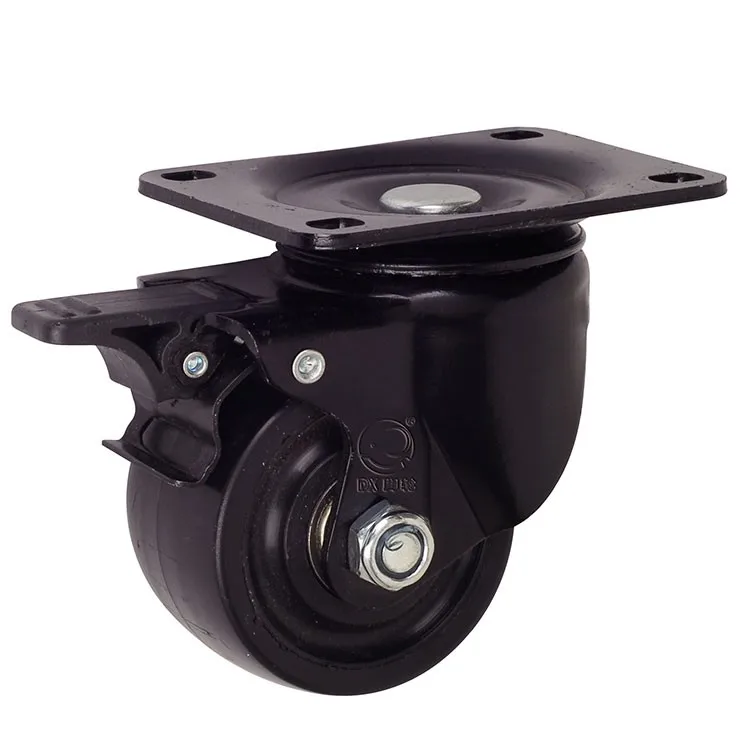Back in the late 60’s, the first high-performance low-profile tire was created and became a quick favourite of BMW and Porsche owners. Nowadays, these tires have crossed over from the world of auto sports into the mainstream market. From Honda Accords to Audis, low-profile tires are becoming a popular choice amongst regular vehicle owners.
Not all tires are created equal and this is no exception for the low-profile tire. If you are considering having these tires installed on your vehicle, it’s important to understand the difference between low-profile tires and regular tires.
Have you been considering getting low-profile tires for your car? Keep reading to find out what they are as well as the pros and cons of having them installed.
Every tire features a code on the sidewall that displays the tire’s aspect ratio. This is the ratio of the width of the tire to its height. Low-profile tires have a lower aspect ratio and shorter sidewall. Alternatively, regular tires have a higher aspect ratio and taller sidewall.
If you were to look at the sidewall of your tires you may see numbers such as P215/65 R15. The “R” number refers to your rim size, the “P” indicates that your vehicle is a passenger vehicle, and the number following it is the tire section width. The number following the slash, in this case, the number 65, shows that the height of the tire is 65% of the width. If a tire has a 50 aspect ratio of less, it is usually considered to be a low-profile tire. The narrower sidewall and larger wheel tend to give the tires a sportier look.
Apart from having a sportier look, there are advantages and disadvantages to having low-profile tires.
From a driving point of view, low-profile tires improve the handling of your vehicle while driving at higher speeds.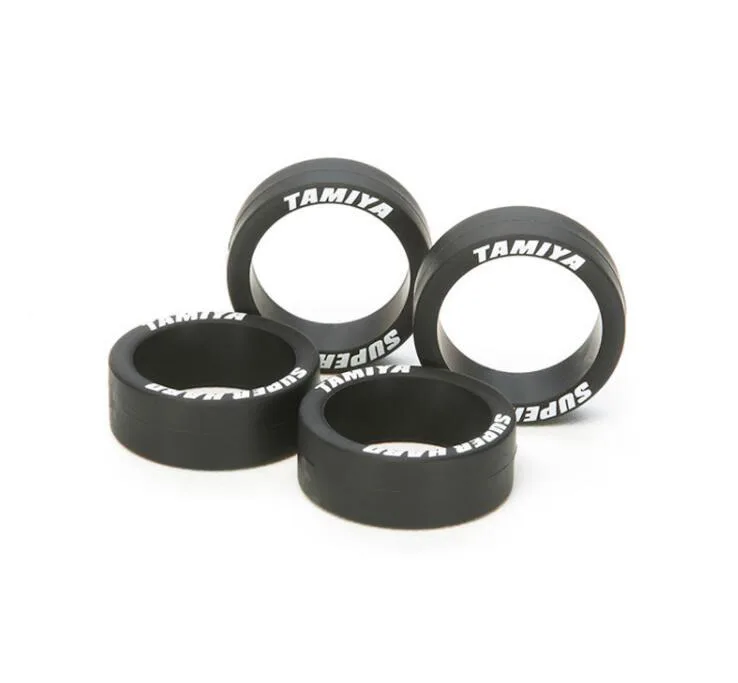 Their increased width means that they can better grip the pavement and respond to cornering. Low-profile tires also tend to have bigger rims meaning that your vehicle can accommodate bigger brakes, allowing you to stop more quickly.
Their increased width means that they can better grip the pavement and respond to cornering. Low-profile tires also tend to have bigger rims meaning that your vehicle can accommodate bigger brakes, allowing you to stop more quickly.
Here are a few other advantages to using low-profile tires:
Some cars are designed to run on low-profile tires and others are not. If your vehicle is not designed to accommodate these tires, you could be sacrificing its stability.
If your vehicle is not designed to accommodate these tires, you could be sacrificing its stability.
Low-profile tires can often lead to a rougher ride where you feel every irregularity and bump on the surface of the road. Both the sidewalls and rims are more likely to become damaged due to road conditions.
Overall, low-profile tires are not recommended if you live in a snowy climate due to their poor gripping capabilities on snow surfaces.
Here are a few other disadvantages to running low-profile tires:
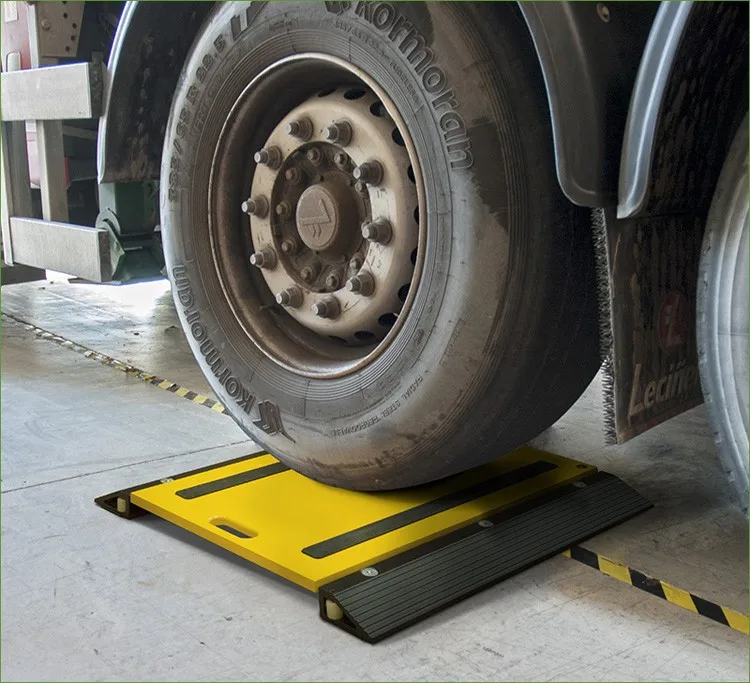 Hitting a pothole with regular tires can be uncomfortable but hitting them a low-profile tire can cause significant damage from a bent rim to a punctured tire
Hitting a pothole with regular tires can be uncomfortable but hitting them a low-profile tire can cause significant damage from a bent rim to a punctured tireNow that you know the advantages and disadvantages of low-profile tires, as well as how they differ from regular tires, you’re probably still wondering if you should have them installed on your vehicle.
From a practical viewpoint, low-profile tires are not an ideal choice for most drivers.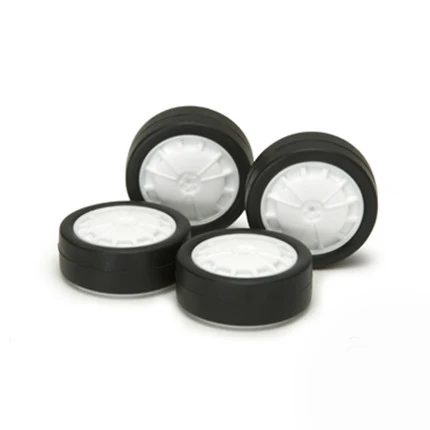 Most of us drive at controlled speeds or on highways that are built for high speeds in cars with regular tires. During our day-to-day lives, it’s unlikely that our commute involves sprawling stretches of beautifully paved roads.
Most of us drive at controlled speeds or on highways that are built for high speeds in cars with regular tires. During our day-to-day lives, it’s unlikely that our commute involves sprawling stretches of beautifully paved roads.
However, if you own or are looking to own a leisure vehicle for Sunday road trips or a twisting adventure through the nearest mountain range, low-profile tires are perfect for maximizing your driving experience!
When you are considering putting low-profile tires on your vehicle, look at where you will be driving and what the road conditions are like. If everything lines up and you can easily accommodate low-profile tires, go for it!
Tires have a huge impact on how your vehicle drives, including traction, handling, fuel economy, and safety. Park Muffler is dedicated to helping you get the most of your vehicle – especially when it comes to tires. Our team can help with their many years of experience in all aspects of tire care.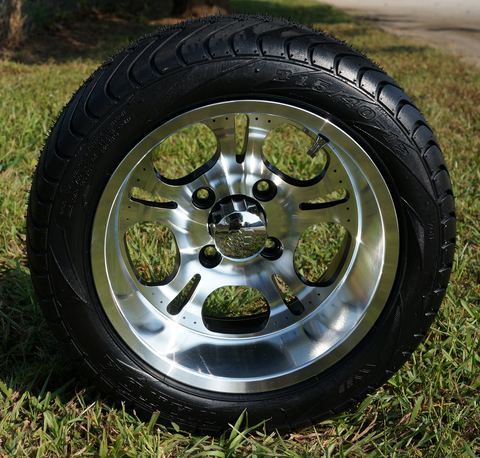
If you’re still curious about whether or not your vehicle could benefit from low-profile tires, don’t hesitate to contact us today! Our expert team of technicians can help guide you through ensuring that your car operates at peak performance while having the look you’ve been dreaming of. Let’s chat!
Tips & advice
by: Dean Gibson
27 Feb 2018
27 Feb 2018
If you've been looking at used cars for sale, or you want to buy new tyres for your car, then you might have come across the phrase 'low profile tyre'. But what does it mean? Well, obviously it relates to your car's tyres, and it refers to the size of the tyre sidewalls in relation to the tread that comes into contact with the road.
If a tyre has a low profile, it means that the sidewall of the tyre is shallower than normal, and it usually means that the tyre is fitted to a larger diameter wheel. Low-profile tyres with big wheels are usually the preserve of higher performance models in a new car range, although there's nothing stopping owners from fitting bigger wheels with low-profile tyres to a standard model.
• Tyre reviews: best car tyres 2017/2018
But why would you want to add low-profile tyres to your car? Well, it's a cost-effective way of giving an ordinary model a sharper look. A set of shiny, larger diameter alloys fitted with low-profile tyres can perk up the appearance of any car, especially if it originally came with steel wheels and cheap plastic trims. Another benefit of low-profile tyres is an improvement in a car's handling.
Of course the opposite of a low profile tyre is a high profile one, and the difference is visually obvious when the two are compared, because there's a lot more tyre sidewall before you get to the wheel. You'll normally find these on basic cars and 4x4s that need the extra height to protect the wheels from damage on rough terrain. You'll also find higher tyre profiles on Formula One cars, as the tyre and wheel dimensions are fixed by the rules.
You'll normally find these on basic cars and 4x4s that need the extra height to protect the wheels from damage on rough terrain. You'll also find higher tyre profiles on Formula One cars, as the tyre and wheel dimensions are fixed by the rules.
The size of a tyre sidewall is recorded on the sidewall itself, as part of the string of numbers that signifies the overall size of the tyre. This code shows the width of the tyre tread, the height of the sidewall and the diameter of wheel the tyre is designed to be fitted to. While the tyre width is in millimetres and the wheel size is in inches, the sidewall size is expressed as a percentage of the tyre's width. These percentages are set at five per cent increments, so the lower the number (down to about 30 per cent for the lowest of profiles), the shorter the sidewalls.
One benefit of low-profile tyres is the fact they usually look smarter than standard tyre set-ups. That's because if you're going to fit low-profile tyres, you must put them on larger wheels so that the overall rolling diameter of your car's tyres and wheels stays the same.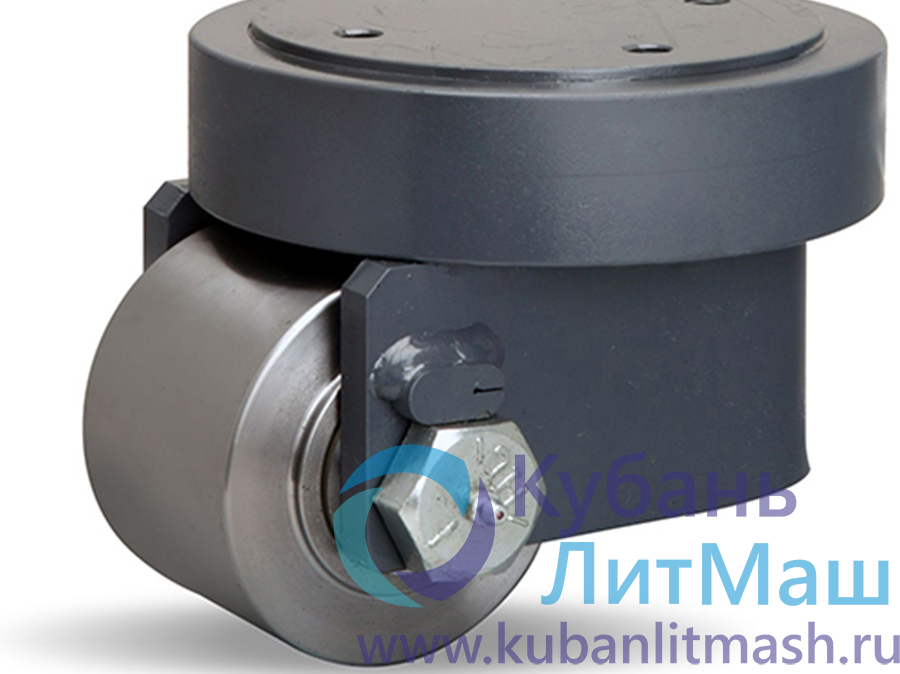
This is important, because if you just go ahead and fit lower profile tyres to your existing wheels, the smaller rolling diameter will play havoc with your car's systems.
A smaller overall diameter of wheel and tyre will rotate faster than a standard one, so your car's odometer will click over faster, and show a higher mileage than you have actually travelled. It will also affect the reading of your car's speedometer, as you are likely to be travelling at a different speed to the one being shown. It will probably be a lower speed, but it's still inaccurate.
• All-season tyre test 2017/2018
Your car's gearing will also be affected, while modern safety electronics rely on a car's tyre diameter to function correctly in the event of an incident. Your car will also likely sit a little lower, so if it already has trouble scraping over speed bumps, this will only be made worse.
As well as adding a sportier look to a car, low-profile tyres can boost a car's handling.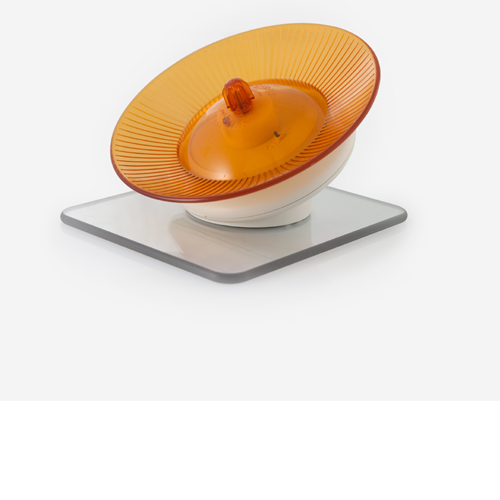 The shorter sidewalls aren't as flexible as the taller ones on high profile tyres, which means the car doesn't roll and bounce about quite as much. This boosts grip and the effectiveness of the suspension at keeping the car stable in corners.
The shorter sidewalls aren't as flexible as the taller ones on high profile tyres, which means the car doesn't roll and bounce about quite as much. This boosts grip and the effectiveness of the suspension at keeping the car stable in corners.
This can have beneficial effects for a car's performance, as extra grip means a car can go around a corner faster, but the downside to this will be a firmer ride over bumps. The tyre sidewall acts as part of the car's suspension, and if there is less sidewall and a smaller cushion of air to absorb bumps, these shocks will transmit through the wheels and suspension to the cabin, making for a more uncomfortable ride for passengers. In recent years, some car makers have designed their cars to be more comfortable on large diameter wheels as standard, although that is unlikely to be the case when fitting aftermarket wheels and tyres to a vehicle.
The question is whether you can put up with this extra firmness for the added grip and roadholding the tyres will provide. If you're increasing tyre size by an inch, it might not have a big effect on soaking up bumps, but if you're increasing size by two or three inches, then you're likely to notice the difference. And if the bumps are severe - especially crashing into potholes - then there's a greater risk of either the tyre or wheel suffering damage as a result, as a low-profile tyre doesn't have as much ability to absorb the impact as a standard tyre.
If you're increasing tyre size by an inch, it might not have a big effect on soaking up bumps, but if you're increasing size by two or three inches, then you're likely to notice the difference. And if the bumps are severe - especially crashing into potholes - then there's a greater risk of either the tyre or wheel suffering damage as a result, as a low-profile tyre doesn't have as much ability to absorb the impact as a standard tyre.
You’ll need to be more careful when parking too because low profile tyres put your alloy wheels close to the road and its various low level obstacles. Small kerbs and ridges that normal tyres would happily bump over can come into contact with your alloys and cause ‘kerbing’ damage when you have less protective rubber as a safety net.
Another negative of low-profile tyres is their higher cost. While the lower profile means there's less rubber to start with, these tyres tend to be designed with performance in mind, so they usually have more advanced construction so that they perform at their best.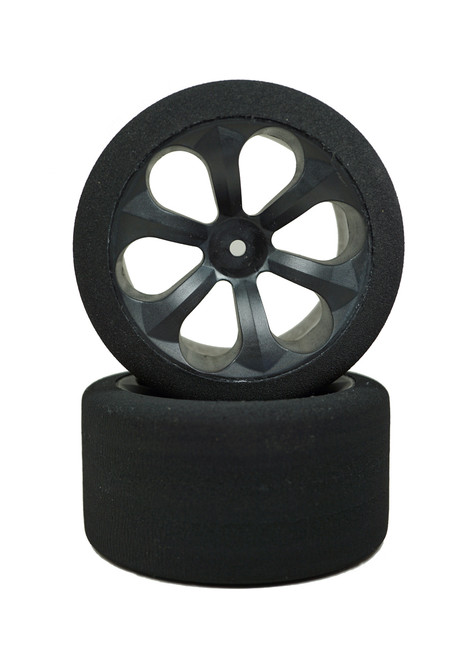 Of course, low-profile tyres need larger diameter wheels, and simply buying a set of these to fit them on will add to the expense.
Of course, low-profile tyres need larger diameter wheels, and simply buying a set of these to fit them on will add to the expense.
For
Against
What do you think of low profile tyres? Do the pros outweigh the cons? Let us know in the comments section below...
Monday, June 27, 2016 11:00:00 Europe/Moscow
One of the latest fashion trends has been the focus on low profile tires. This is especially evident during the sale of summer tires. About how relates to the low-profile tire , what operating features it has, will be described below.
In today's world, a low profile tire is one that has a profile height (tire height) to width ratio of 55% or less. Thus, low profile tires include, for example, the following dimensions:
Thus, low profile tires include, for example, the following dimensions:
Given the current trends in the development of tire sizes and the emergence of new cars, we can say that the 55th series, as the border between standard profile and low profile, will no longer be considered as such in the near future. In reality, this has already happened and among those who are deliberately looking for a tire with a narrow sidewall, the size 205/55 R16 is not considered low profile. And if we turn to history, then at the dawn of the appearance of low-profile tires, the parameter separating them from standard tires was generally 70%! And, for example, size 195/70 R14 was already considered low profile.
The first low profile tires were produced by Michelin in 1937. However, the condition of the roads and the equipment of mass-produced cars did not allow such tires to be widely used and they were installed exclusively on racing cars.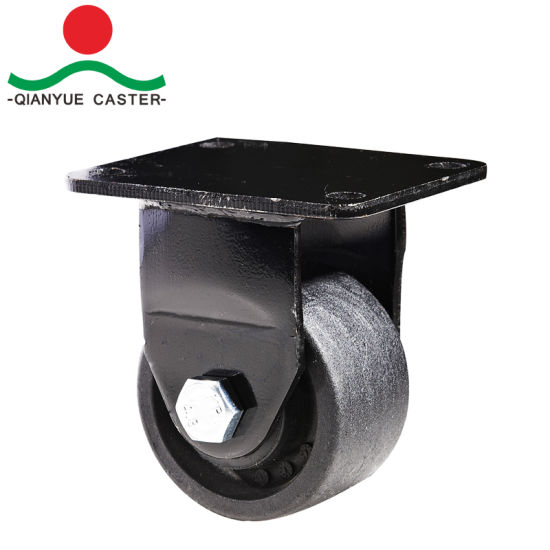
In the sports world, the idea of a low-profile tire was adopted almost immediately, as low-profile tires provide better vehicle stability during high-speed manoeuvres. At the same time, the use of such tires on conventional cars was abandoned for many decades and returned to it only in 1978 year.
One of the main benefits of the low profile tires is that they give the car a more sporty appearance. The main difference from standard tires in behavior is the improvement in vehicle handling. So when cornering at high speed, there is almost no buildup of the car, which is characteristic of conventional tires, which occurs due to deformation of the sidewall of the tire under the influence of loads. The greater stability of the tire improves the handling of the car, and also increases the information content of the car as a whole. Also, a low-profile tire mounted on light-alloy wheels shows faster acceleration and also improves braking.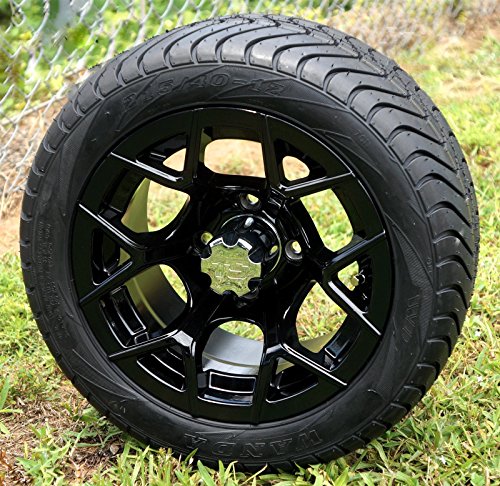
The disadvantages of this rubber are also related to its height. The lower the profile of the tire, the lower the tire sidewall height, which means the lower the damping ability of the tire to reduce vibrations from the road. As a result, all the bumps in the road are immediately felt on the steering wheel, because such low-profile tires are not suitable for roads with poor quality surfaces.
Lack of adequate cushioning can lead to even more unfortunate consequences than loss of comfort, since, for example, the load on the car's suspension is increased. It is also worth remembering that the transition to low-profile tires is always accompanied by an increase in the landing diameter of the disks, which means that you need to purchase a new set of disks. In addition, low-profile tires themselves tend to cost more.
Select low profile tires according to the manufacturer's recommendations.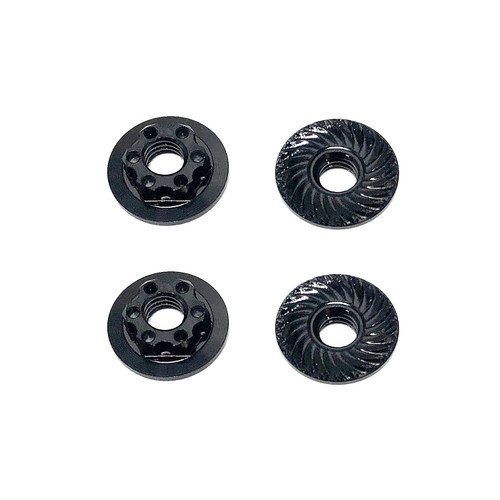 As a rule, a car manufacturer offers 3-4 sizes for each model, among which there will be low-profile ones. The following is an example of tire selection for a Ford Focus:
As a rule, a car manufacturer offers 3-4 sizes for each model, among which there will be low-profile ones. The following is an example of tire selection for a Ford Focus:
| Recommended size | Tire profile | MICHELIN tire model |
| 205/55R16 | Standard | Primacy 3, Pilot Sport 3, CrossClimate |
| 215/55R16 | Standard | Primacy 3, CrossClimate |
| 215/50R17 | Low profile | Primacy 3, CrossClimate |
| 235/40R18 | Low profile | Pilot SPort 4, Pilot Sport Cup 2 |
Some people prefer classic tires with a standard profile, while others prefer narrow profile tires.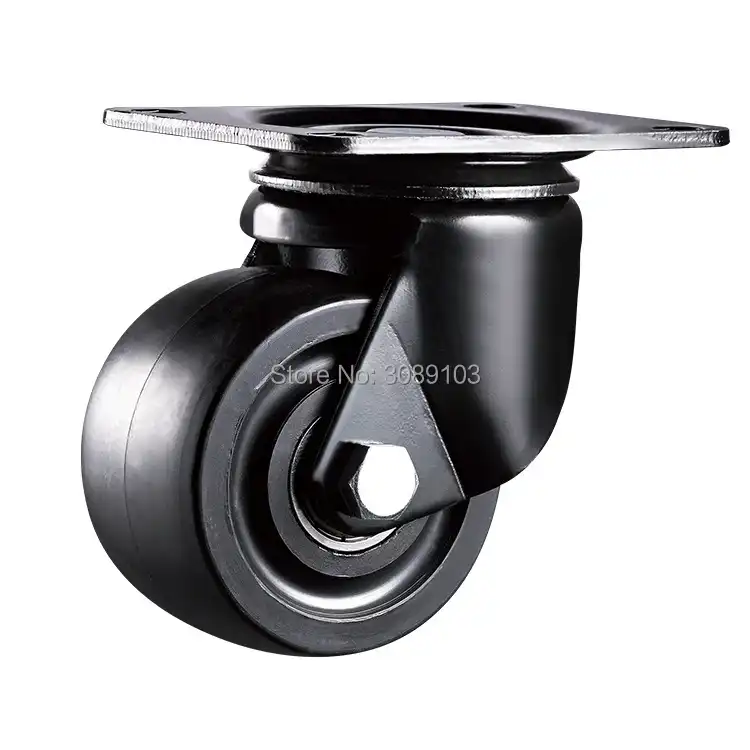 What justifies the choice of low profile rubber, what features does this type of tuning have, what advantages and disadvantages can be distinguished? We talk about all this in detail in the article.
What justifies the choice of low profile rubber, what features does this type of tuning have, what advantages and disadvantages can be distinguished? We talk about all this in detail in the article.
To determine whether a tire has a low or standard profile, it is necessary to measure three parameters - the height, the width of the profile, and the diameter of the disk itself. The complexity of the selection of tires lies in the fact that these parameters are interconnected. That is, by changing one value, it is necessary to adjust other values according to the manufacturer's recommendations.
The calculation formula is: Height/Width * 100%.
The values obtained show the relationship between the two quantities, but are not the absolute result of the calculations. That is, when choosing tires for an off-road vehicle, we can only say with certainty that the sidewall height of 205/55 R17 will be lower than that of 225/55 R17.
What is narrow profile tyre? This is a tire in which the height of the sidewalls, when measured from the roadway to the disk, has a minimum value in relation to the width.
Narrow profile tires differ even in appearance from classic tires. To find out the main parameters, you need to look at the side surface, where a special marking is applied. For example, consider the standard tire marking 205/55 R17:
Low profile tires have a height to width ratio of 0.55 or less. In the above example, the tire marking is already considered narrow-profile. It is allowed to lower the profile as much as possible to a ratio of height and width of 0.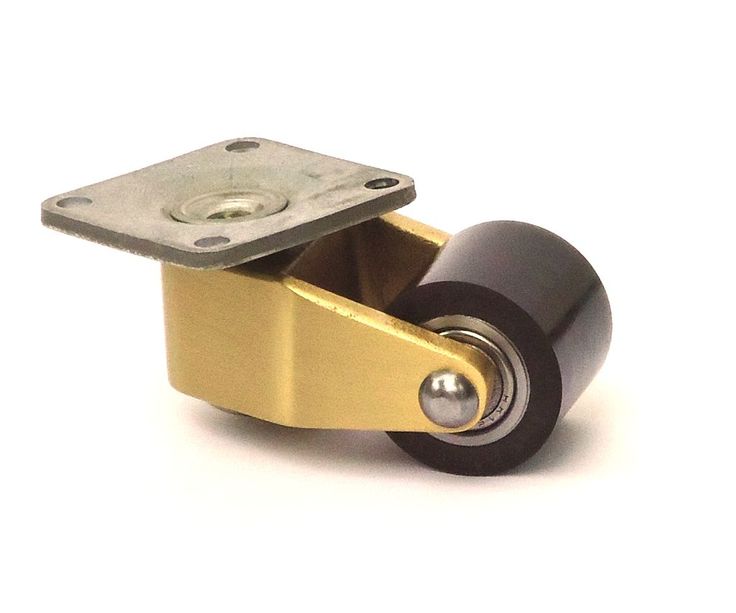 2.
2.
Low-profile wheels also differ in the index of permissible speed. This value is indicated in the marking on the sidewall. If standard tires have a limit of 190 km / h, then narrow-profile - 210 km / h. In such tires, the presence of a stiffener is mandatory, which protects the car disk from deformation.
As a rule, such tires are installed on a car to improve sports performance. The car moves faster, improves dry grip. In addition, a narrow profile is used for tuning cars. If you want to change your car and highlight it from the same type of flow, then this is one of the possible solutions.
As for the proper operation of such rubber, drivers have a lot of questions. For example, what pressure should be in low profile tires? In many tire services, they simply do not know how to pump low-profile tires and, in order to be safe, they make tire pressures of 2.1-2.2 atm. As a result, the car drives on half-flat tires.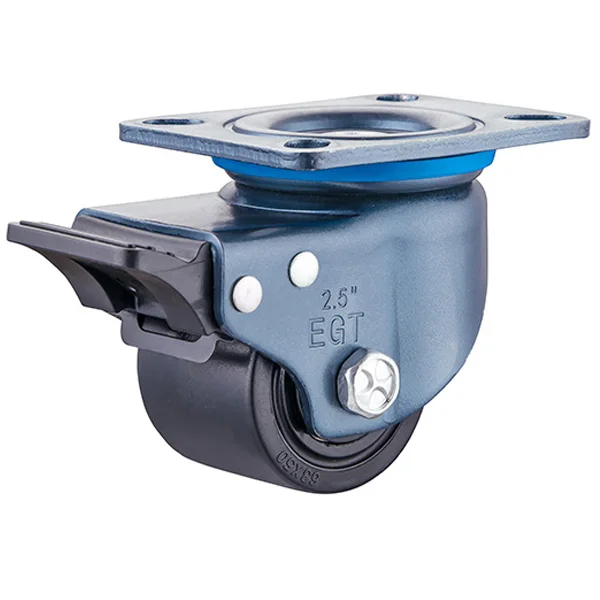
On average, it is recommended to pump at least 2.6 atm into tires for passenger cars. Depending on the parameters of the tire, the pressure of off-road tires can be 2.7-2.9atm.
Another common question is low-profile winter tires. Is it possible to use such rubber in winter or is it better to put the standard one? Winter tires differ from summer tires in the material of manufacture (softer), the presence of spikes, and the tread pattern. Accordingly, a narrow-profile tire is not suitable for driving in ice, heavy snow or on uneven and slippery roads. The wheels simply will not withstand the "surprises" of winter, and any unevenness will be given into the hands of the driver.
Low-profile off-road tires are on sale, and manufacturers also produce winter off-road tires. In any case, you should carefully consider the choice of such tires for operation in winter or in difficult road conditions.
Summer Drive Protection Run On Flat
Rating:
4.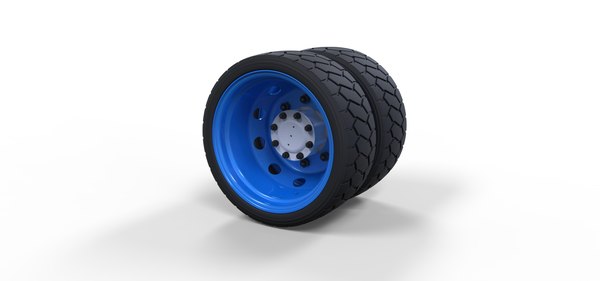 5
5
Tires Goodyear Eagle F1 Asymmetric
Summer Drive protection
Rating:
4.5
Tires Goodyear Eagle Sport TZ
Summer Drive Protection Run On Flat
Rating:
4.5
Tires Goodyear EfficientGrip Performance
Summer Drive protection
Rating:
5
Tires Goodyear EfficientGrip Performance 2
All season Drive Protection Run On Flat
Rating:
4.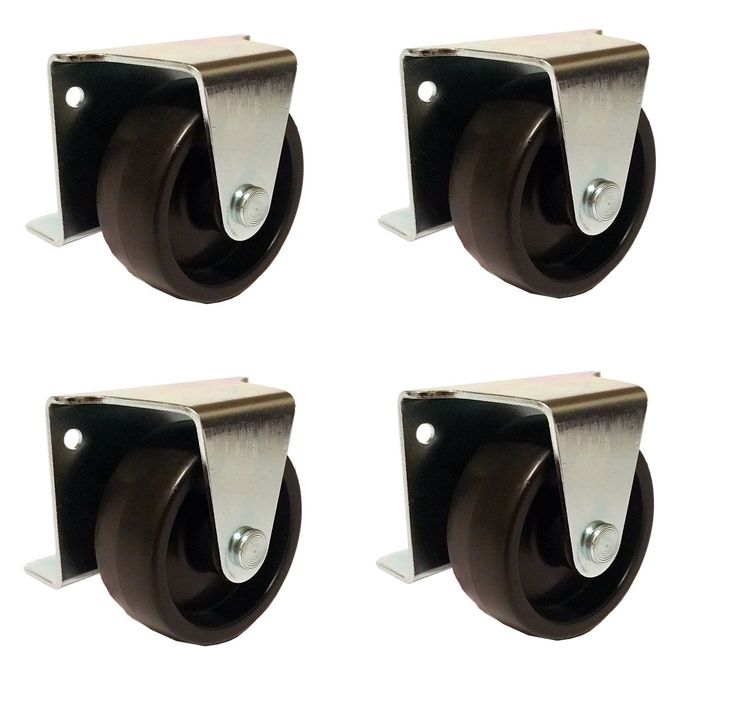 5
5
Tires Goodyear Vector 4Seasons Gen-2
All season Drive Protection Run On Flat
Rating:
4.5
Tires Goodyear Vector 4Seasons Gen-3
Winter Drive protection
Tires Goodyear UltraGrip Arctic 2
Winter Drive Protection Run On Flat Sound Comfort
Tires Goodyear UltraGrip Performance+
Winter Drive protection
Tires Goodyear UltraGrip Ice 2+
Consider a few of the main advantages of rubber with a narrow profile:
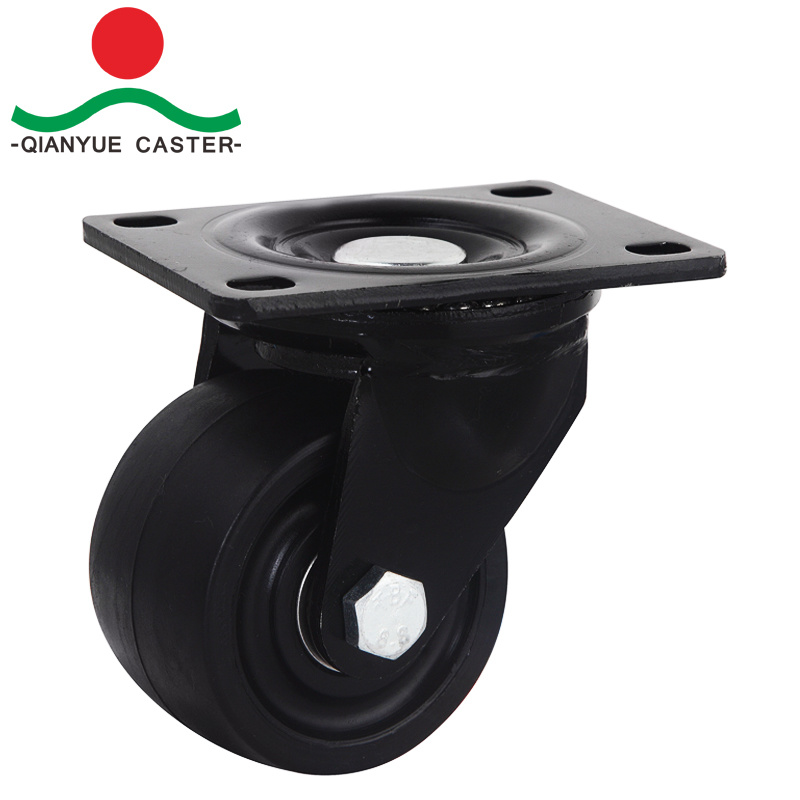
In addition to the advantages, tires with such a profile have a number of disadvantages. Consider the main ones:
It is necessary to highlight such a minus - the complexity of installation. It is impossible to install tires on your own. At least special equipment is required, but not all workshops have it. Also, the tire design itself adds a “smut” when choosing wheels. Often, tires simply do not meet factory requirements.
We examined what a narrow profile tire is. We learned what it is used for, studied the features of operation in summer and winter, determined how much atmosphere should be pumped into the tire.